Improve your battery’s performance with En’ Safe® primed aluminum or copper foil. Our high-tech primers improve the foil/electrode interface and offer the following benefits: better adhesion, corrosion protection, higher energy density, longer cycle life and lower total cost of ownership.
Electrode adhesion to the current collector is crucial for battery manufacturers, particularly for nickel-rich NMC, LMFP, silicon anode and solid-state batteries. Adhesion problems can occur during electrode processing or during the life of the battery. The result is durability problems for the entire battery system.
En’ Safe® primer film improves adhesion. It creates a stronger cohesion between electrode and foil during processing and battery life. For instance, the 180° peel test shows a 60% increase in adhesion with En’ Safe® compared to bare foil.
Energy density is a major challenge for battery manufacturers. Cells with higher energy density will have greater capacity or reduce system size. En’ Safe® increases energy density. Thanks to its high conductivity, En’ Safe® strengthens the battery in two ways:
Corrosion is a complex process involving: oxidation, passivation, corrosion… These chemical attacks can come from the composition of the slurry (high or low pH…) or the composition of the electrolyte (salts…). En’ Safe® primer protects against chemical attack, paving the way for more reliable batteries. Battery manufacturers can concentrate on developing innovative electrochemistries without worrying about interaction with the metal foil.
For example, our primers enable :
During processing
During battery life
Cost efficiency is crucial for battery manufacturers and their customers. In electric vehicles, for example, the battery accounts for a third of the vehicle’s price. To reduce battery costs, optimizing a single component is no longer enough. A system-level approach is needed: system optimization and total cost of ownership (TCO).
En’ Safe® reduces battery $/kWh. Thanks to its improved primer, En’ Safe® has a significant impact on initial energy density and capacity retention. The result is greater durability. Ultimately, the energy price per kWh can be significantly reduced.

For electric vehicles and energy storage applications, battery manufacturers are aiming for a service life of 10 to 20 years. This translates into batteries with 10,000 cycles or more.
En’ Safe® increases battery capacity retention. Thanks to its unique primers, En’ Safe® creates a more cohesive interface between the electrode and the current collector during charge and discharge cycles.
Accelerated ageing testing shows that capacity retention is significantly improved with En’ Safe®. This translates into a 20% longer service life.
Fast charging is a limiting parameter preventing the widespread adoption of batteries, particularly for electric vehicles. Battery manufacturers are looking for solutions to reduce internal resistance and impedance inside battery cells.
En’ Safe® provides high power for rapid charging and discharging. With a lower charge transfer resistance, En’ Safe® achieves an 80% reduction in internal resistance on LFP cells compared with bare aluminum foil. It enables charging at very high rates, such as 10C to 20C, and increases power density.
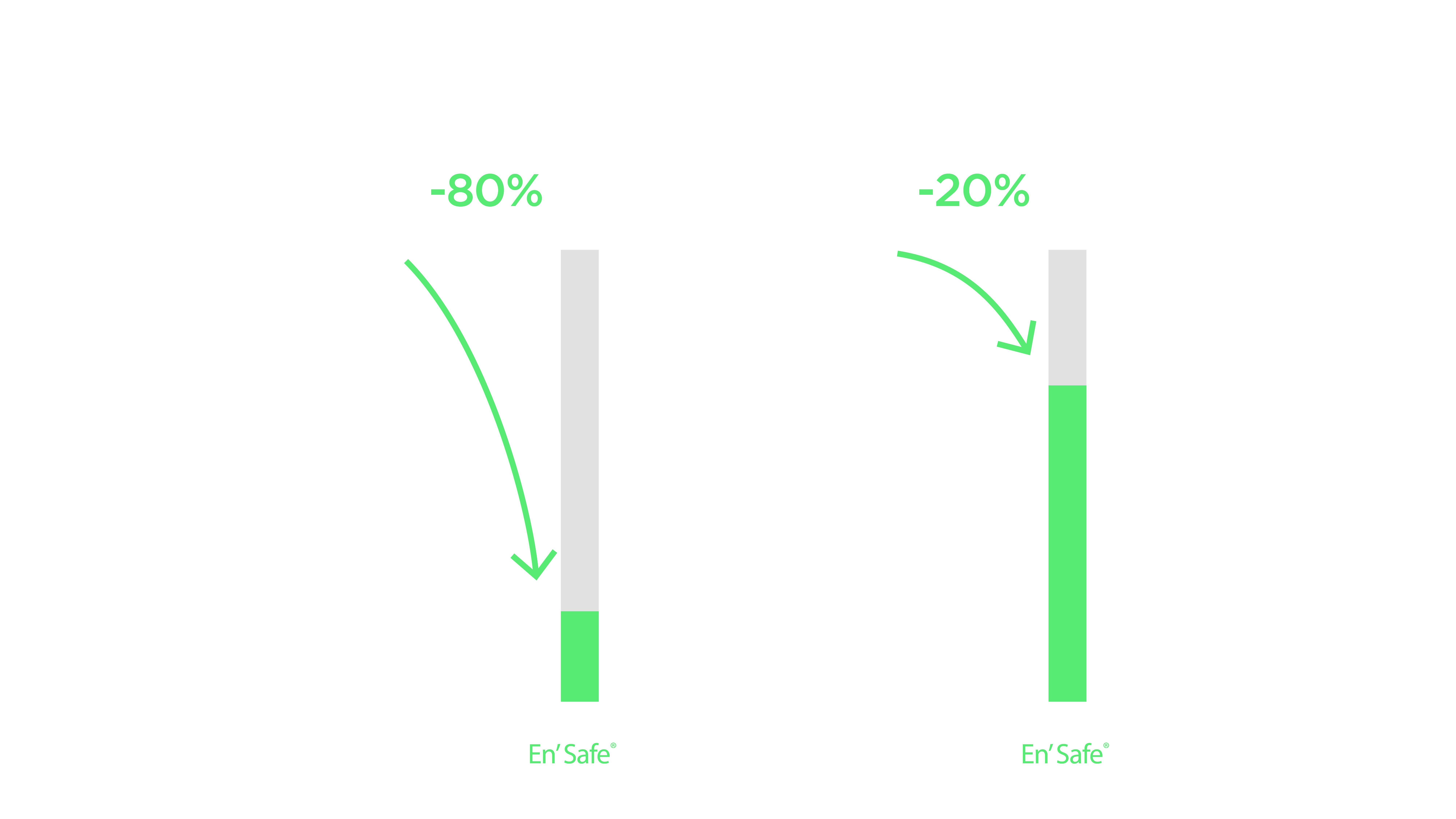
Would you like to set an appointment during one of the exhibitions ?